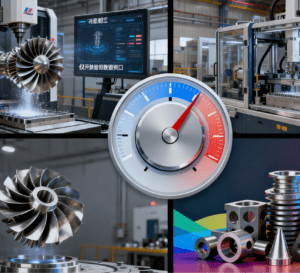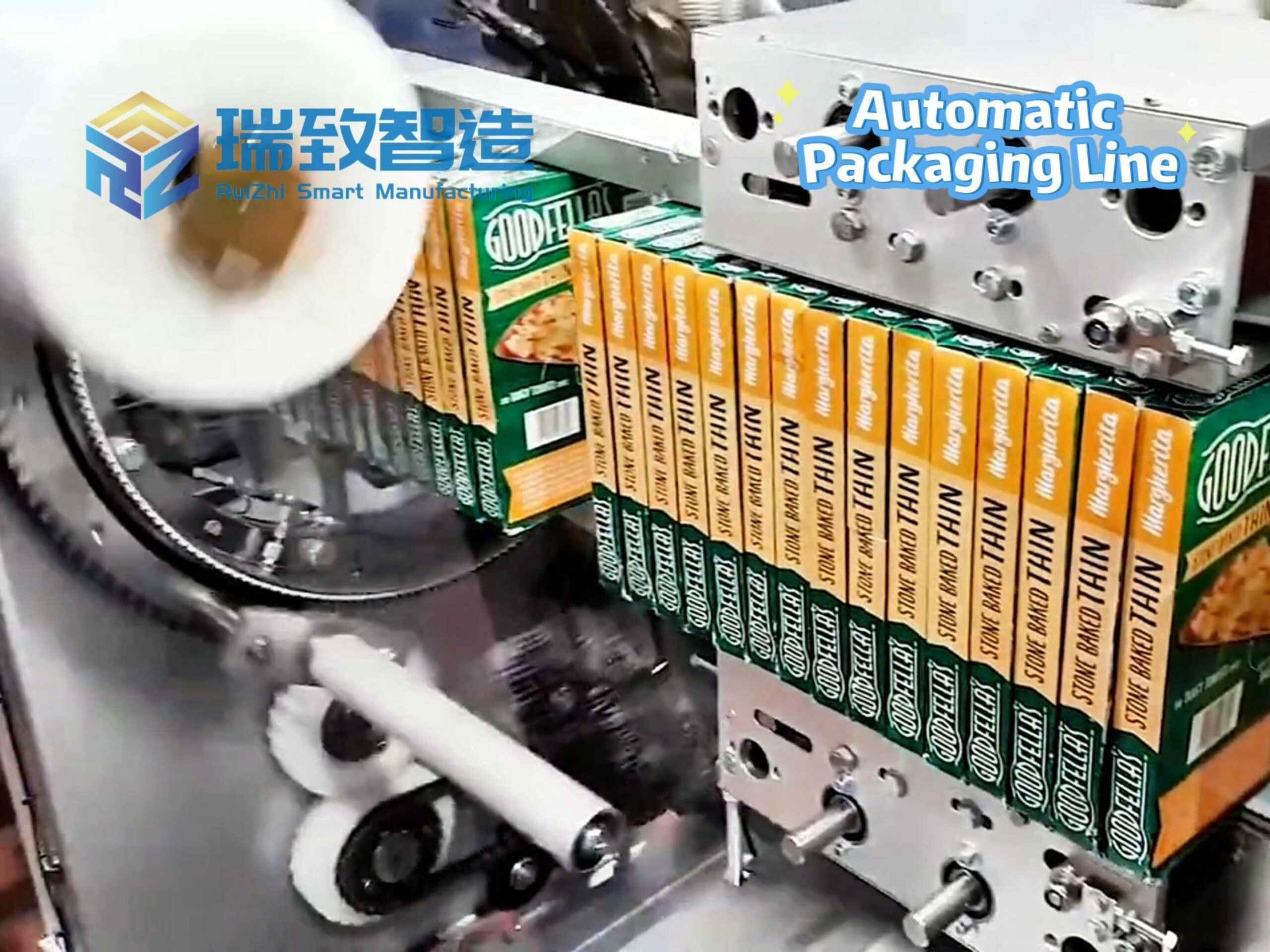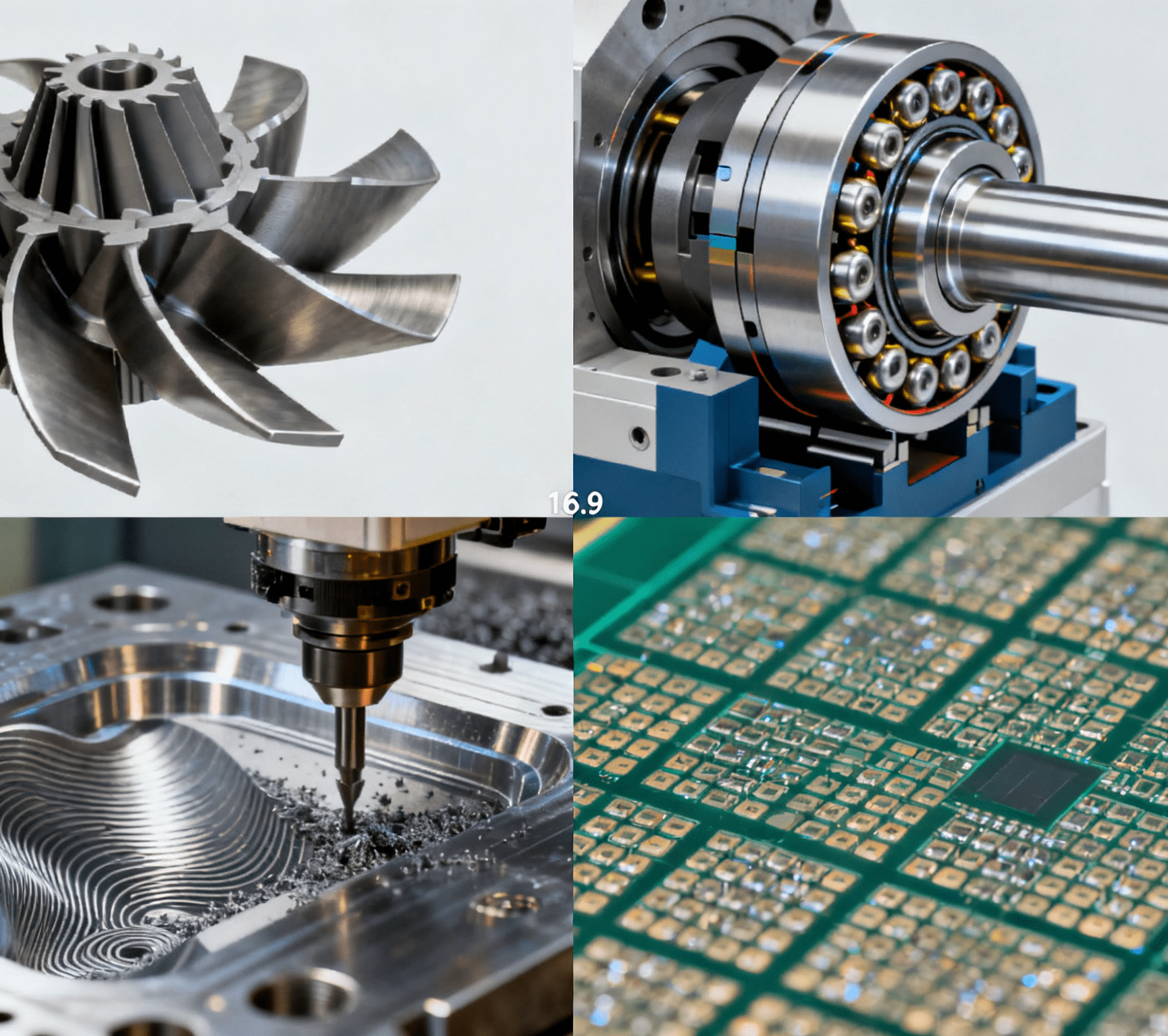
In the field of CNC machining, the performance of the CNC system is directly related to machining quality and efficiency. The openness and stability of CNC systems have become the focus of the industry, so can these two be achieved simultaneously?
Core Connotation and Value of Openness and Stability
The openness of a CNC system is mainly reflected in its ability to interact and integrate with external equipment and software conveniently. In CNC machining, especially CNC precision machining and precision parts machining, openness allows users to flexibly add special functional modules according to their own needs, such as customized tool path optimization software, or integrate with advanced testing equipment to monitor the machining process in real time. This openness provides enterprises with more room for innovation, meets personalized needs in different production scenarios, and can effectively improve production efficiency and product quality.
Stability, on the other hand, is the cornerstone of the normal operation of a CNC system. A stable CNC system can maintain precise motion control and reliable command execution during operation, ensuring that the machining process is not disturbed by external factors. For precision parts machining, stability is crucial as it directly determines the machining accuracy and consistency of parts. A stable CNC system can maintain the accuracy of parameters during long-term continuous operation and avoid machining errors caused by system fluctuations.
Apparent Contradictions and Technical Breakthroughs
On the surface, openness and stability seem to be contradictory. Openness requires the system to have a certain degree of flexibility and allow the intervention of external factors, which may increase the complexity of the system and thus affect its stability. For example, when introducing new software modules or external equipment, compatibility issues may arise, leading to system crashes or abnormal operation.
However, with the continuous development of technology, it is feasible to achieve both to a certain extent. On one hand, advanced CNC systems adopt standardized interfaces and communication protocols, which make the realization of openness more standardized and orderly. Through standardized interfaces, new functional modules or equipment can be connected to the CNC system more safely, reducing unstable factors caused by compatibility issues. On the other hand, redundant design and fault-tolerant technology are adopted in the system design stage to improve the stability of the system. Even if some functional modules fail, the system can still maintain basic operation, ensuring that the machining task is not greatly affected.
Balancing Practices in Practical Applications
In practical applications, many enterprises have been exploring the balance between the two. For some CNC precision machining scenarios with extremely high requirements for accuracy and stability, such as precision parts machining in the aerospace field, enterprises cautiously introduce open functions on the premise of ensuring system stability. Through strict testing and verification, it is ensured that the newly added functions will not affect the stability of the system. For automatic hardware part feeding and assembly lines—widely used in 3C electronics, automotive components, and hardware manufacturing—CNC systems leverage openness to seamlessly integrate with feeding robots, vision positioning modules, and real-time quality inspection equipment, enabling flexible switching of hardware part specifications (e.g., screws, nuts, connectors) by modifying custom programs. Meanwhile, the system’s inherent stability ensures continuous and precise coordination between machining and assembly processes, avoiding jams or assembly deviations caused by signal interference or module incompatibility even during 24/7 high-volume production. For some production scenarios with strong personalized needs, such as CNC machining of small-batch customized products, enterprises give full play to the openness of the CNC system on the basis of ensuring basic stability to quickly respond to customer needs.
Although there are certain challenges in realizing the openness and stability of CNC systems, the two are not mutually exclusive through technological innovation and rational application. In CNC machining, enterprises should find the optimal balance between openness and stability according to their own production needs, machining characteristics and technical strength, so as to promote the continuous development of CNC machining technology.





















